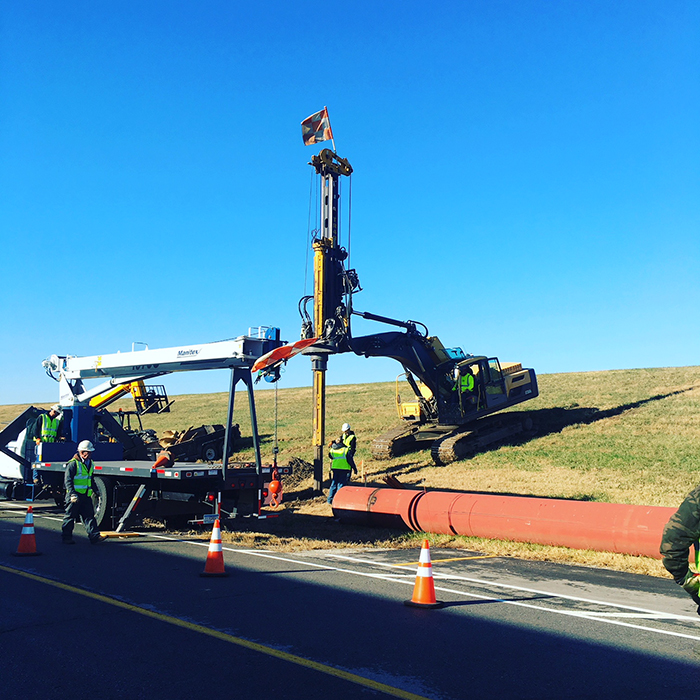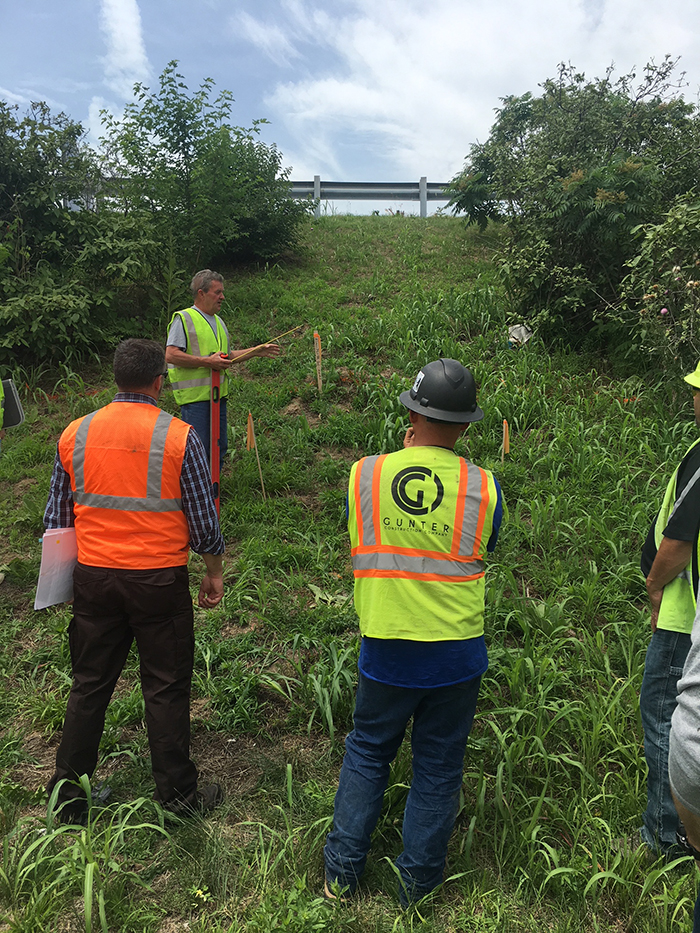Construction Services: Common Challenges and Best Practices
Posted on Wednesday, July 18th, 2018 by Affinis CorpIn Construction Engineering, tagged in Tags: Construction Services, Owner's Representative

Affinis offers a wide variety of construction services within the civil engineering realm. We cover heavy highway/roadway construction, bridge construction, utility facilities, sidewalks and streetscapes, sanitary sewer, storm sewer, and relief well construction just to name a few. We asked John McCanless, our senior project representative, to share how owners can benefit from construction services, the common challenges they face, and his tested best practices.
How can owner’s representatives help cities, counties, and federal entities?
When working on a project, we become the eyes and ears of the owner. We are tasked with trouble-shooting obstacles in the construction process by facilitating communication and coordination between interested parties. Effective communication, coordination, and problem-solving are paramount to avoiding costly mistakes, change orders, and worktime loss. In addition to keeping things moving, it is our responsibility to assure a project is being constructed to the intended design specifications. This means an owner gets a quality product that serves its intended purpose.

What are some common challenges that can occur during construction?
There are a myriad of challenges that can occur on the simplest of construction projects. Whether it is big or small, there are two key aspects that can help you overcome them quickly and effectively: communication and coordination.
Communicating foreseen challenges to all interested parties leads to proper coordination in overcoming them. Effective communication and coordination can keep small challenges from turning into large ones, and larger obstacles from turning into giant ones.

Which best practices are the keys to a project’s success?
A few of our best practices are communication, coordination, and documentation. As I mentioned earlier, effective communication and coordination can alleviate many of the common challenges associated with construction.
The third factor is documentation. It should always be thorough and concise. Having effective documentation in place leads to a smoother operating project and alleviates guesswork, answering questions like who, what, when, where, why, and how to.
Varying degrees of documentation are required for any project regardless of its complexity. It becomes the record of how something was constructed, the financial aspects, and the processes used throughout construction. When it is at its finest, it can be used for everything from improving best practices to being shared with government entities during an audit.